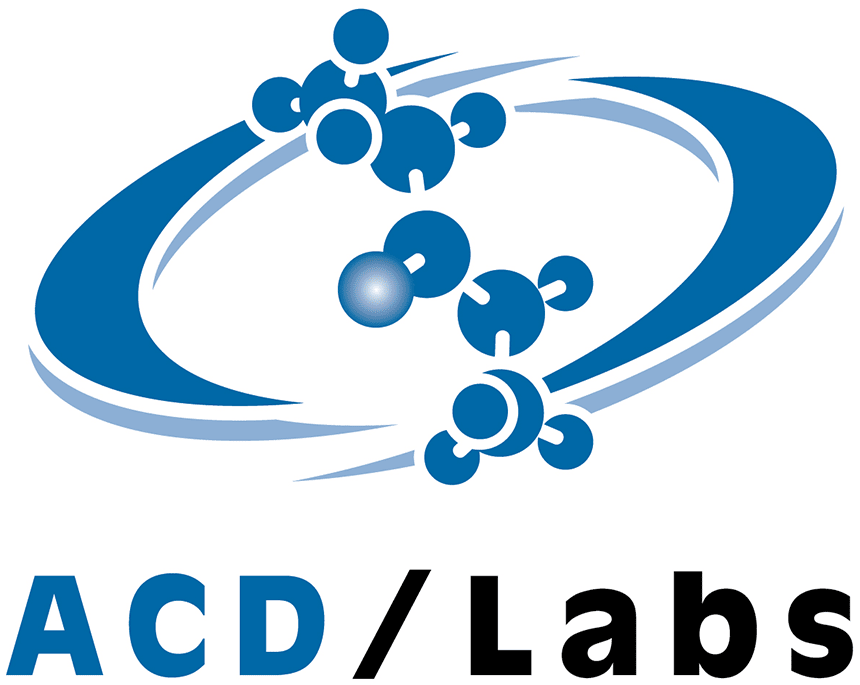Validating authenticity, purity, alcohol content, and safety are common problems in the lucrative alcoholic beverage market, particularly when pricing is dependent on origin, variety, or alcohol content. The industry relies heavily on expert tasters and time-consuming analytical laboratory testing to combat substitution and adulteration, and needs better tools for field testing. Raman spectroscopy is stepping up to close this gap for Pisco, a premium Peruvian liquor, and has excellent potential to do the same for other spirits. Here we describe how one group at The Ohio State University are using 1064 nm Raman spectroscopy to distinguish between pure varieties and mixtures, and even identify the specific grape varietal. In addition to offering superior discrimination over UV-VIS, Raman also allowed quantification of both ethanol and methanol content in pisco, making it a well-rounded tool for quality assessment of spirits.
Pisco is a liquor (technically a brandy) originating from Peru, now growing in popularity worldwide. Pisco first made its name in the USA in the days of the California Gold Rush, brought by traders from Peru and immortalized by the likes of Mark Twain and Rudyard Kipling. In recent years it has enjoyed a reprise in the form of artisan cocktails. In Peru, however, pisco is much more. It is the national drink, a key export, and is important enough to Peruvian culture to merit its own holiday each July. Pisco production in Peru grew 34% between 2011 and 2015, and is forecasted to be at >14 million liters by 2025.
This colorless or slightly amber liquor is made from grapes developed and cultivated along the coasts of Peru, and varies in alcohol content from 38-48%. The production of Pisco is closely regulated by the National Institute for the Defense of Competition and the Protection of Intellectual Property (INDECOPI), which grants the official status of “Pisco” only when the liquor is produced in certain regions using specific varietals of grapes, and only under the provision that the traditional production practices have been used. With demand for Pisco growing worldwide, rapid analytical techniques are needed to ensure authenticity and deter attempts at counterfeiting.





